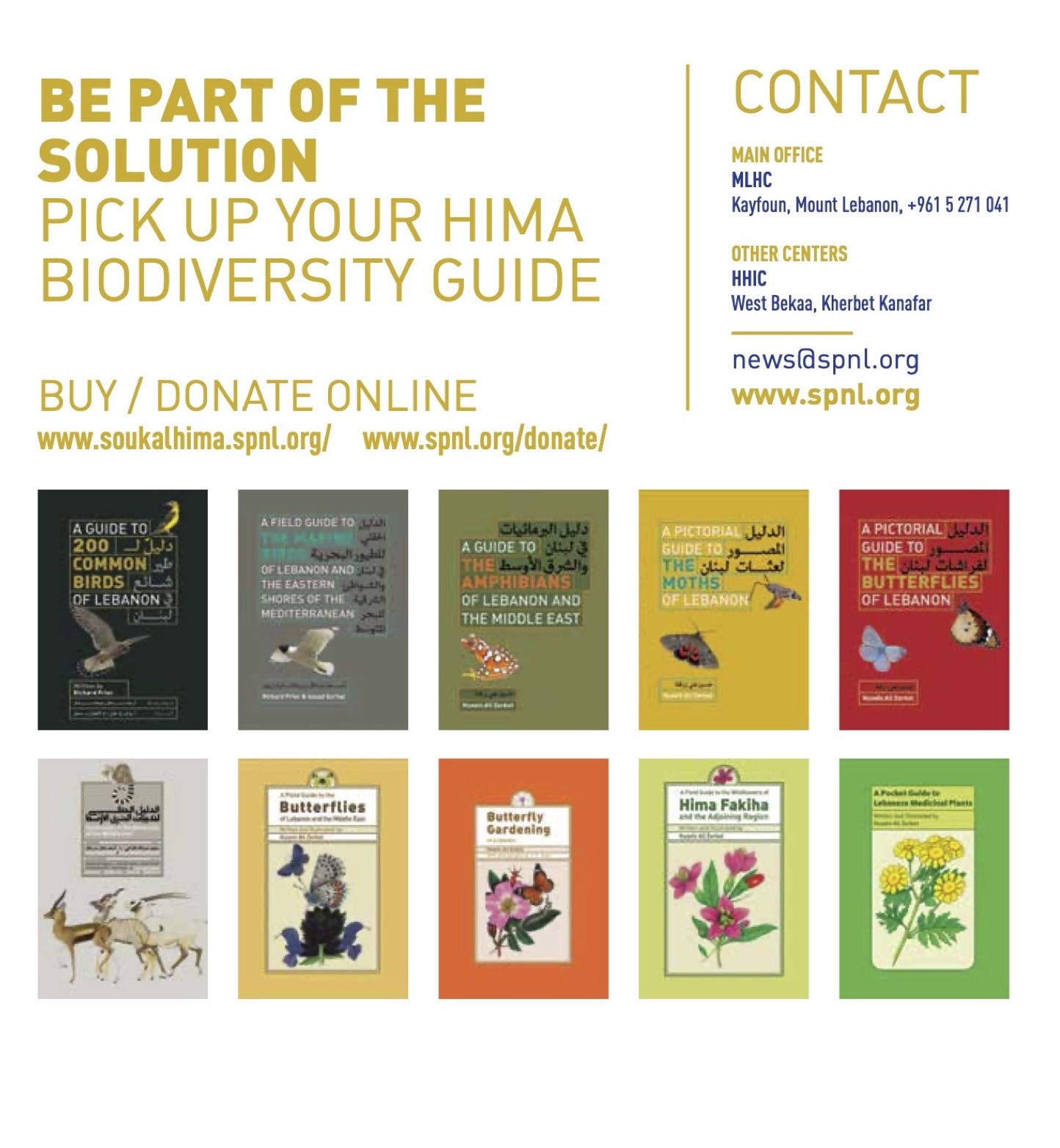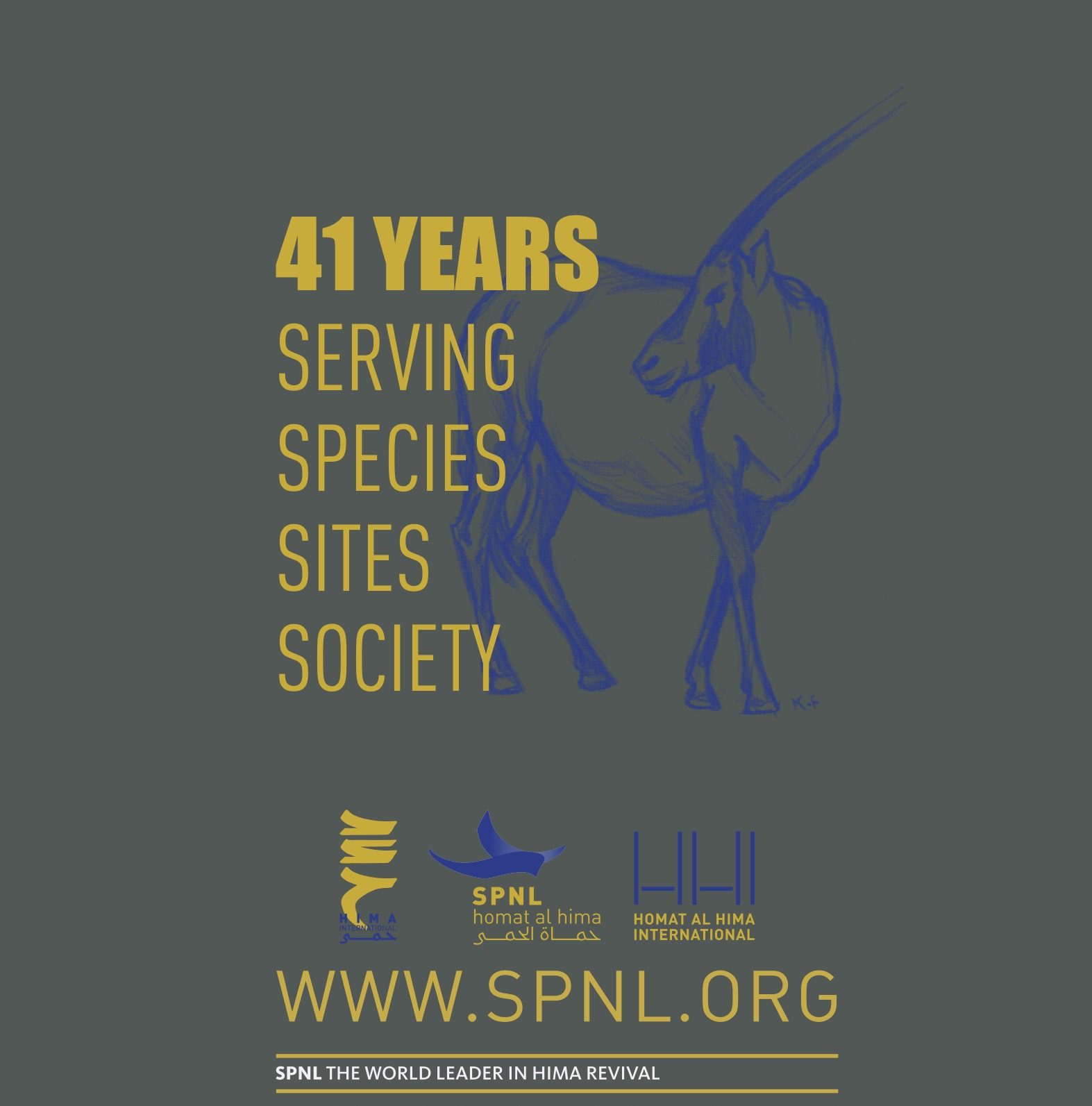SPNL educational program SNOW- School with No Walls, aims to raise awareness about the Hima IBAs and KBA, species and ecosystems through the hands on program, and learning through fun. The SNOW program is a vertical and traversal part for all SPNL projects and programmes.
The program organized a festival in Hima Kafarzabad which received 140 school students. Andre Bechara, the SPNL education expert, explained about the event and its importance to the local community
The participating schools were: the Kfarzabad public school with 40 students, the Arab public school of Kfarzabad with 25 students, followed by the Evangelical school of Anjar with 49 students. 114 students arrived, followed by the children of the Arab tribe clan leaders and the women working with the Zarb, food and wool, counting about 26 kids. A total about 140 kids, school students and Bedouin kids, participated in the program.
The festival intended to raise awareness on the globally endangered species of the area including the River Otter, Syrian Serin in addition to the importance of the Hima ecosystems including river, wetland, and forest.
The activities were divided as follow: A hiking tour in the Hima, bird nests assembling, painting, otter storytelling, and food distribution.
The kids were extremely happy that they kept coming for more drawings and preparing the otter storybook activities, asking for more information and help. It was a great successful activity, especially with the book in hand for the kids to compare and learn through all activities.
A perfect day, a marvelous experience and a successful story for the Hima to Hima program, a new approach to SPNL to spread awareness about the Hima and improve their livelihood through continuous festivals around the Himas of Lebanon.
The Hima system is being championed by the Society for Protection of Nature in Lebanon (SPNL) as part of their Important Bird Areas programme. One place where the hima system is being revived is at Kfar Zabad and Anjar in the Bekaa Valley. Kfar Zabad and Anjar wetland is a small marshland on the level plain of the Bekaa Valley (part of the Syrian–African Great Rift Valley) which is on the main migration route for African–Eurasian waterbirds through the Near East. The marshes are surrounded by steep, dry mountain slopes to the east and by agricultural land in other directions. Several globally and regionally threatened bird species have been recorded, such as Black Stork Ciconia nigra, Great Snipe Gallinago media and Syrian Serin Serinus syriacus, where the site was declared as an Important Bird Area accordingly.



























